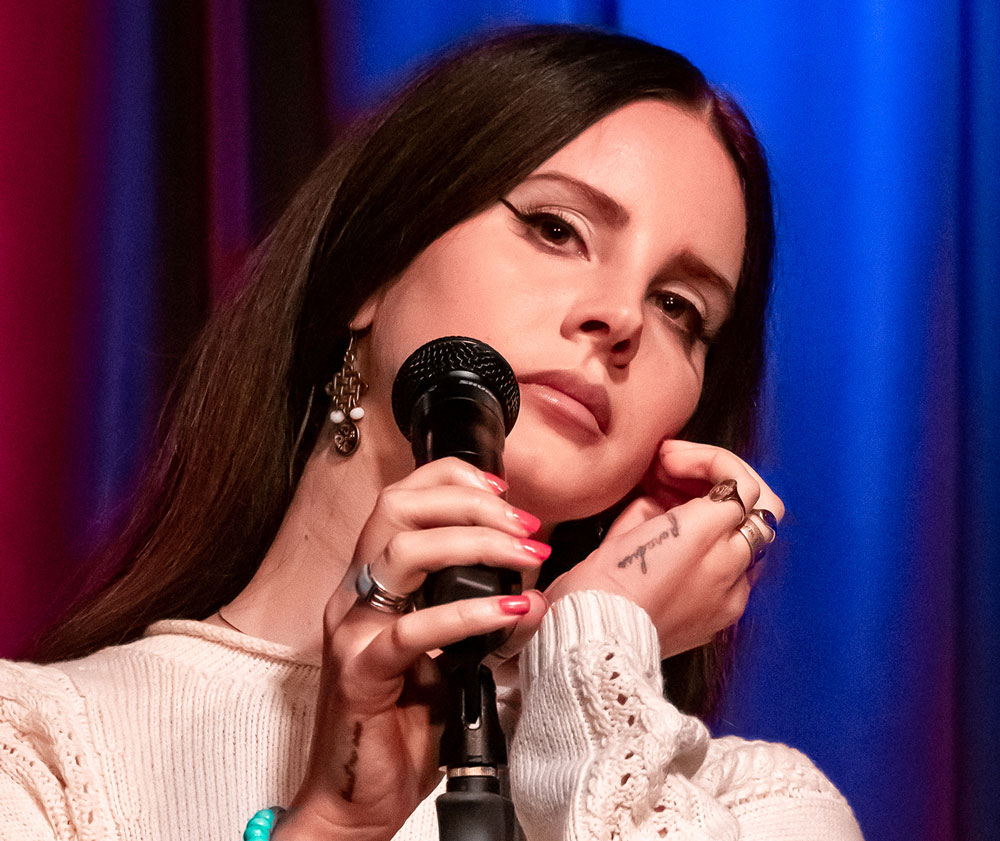![]()
The extended interview with Harmony Korine from the feature with The ATL Twins in the April Issue of Dazed & Confused:
A filmmaker, photographer and writer with a catalogue of films that have bewildered, amazed and achieved wide critical acclaim, Harmony Korine has established himself as a radical artist, boldly experimenting with the forms and language of film and pushing the boundaries of convention. Writer of Kids and director of Gummo, Julien Donkey- Boy and Mister Lonely, Korine’s first feature-length film since Trash Humpers experiments with musical structures of time in a hallucinatory attack on the senses. An audiovisual explosion fronted by the cream of Disney’s Tweenstars, Spring Breakers atomises through the hyperreality of American pop culture and burns like a neon flare.
You’ve described Spring Breakers as being like a pop poem, it does feel like a feverish pop dream that careens out of control…
Harmony Korine: I was trying to use a specific language that’s closer to something you’d find in pop videos or video games, clips and at the same time incorporate them into something more filmic. There was something, more in the air really, that I was feeling, it goes into this idea of liquid narrative, of playing with time and micro-scene and this idea of loop-based, sample-based filmmaking. Something that was closer in some ways to music, than other movies. The reference for this was closer to certain aspects of electronic music.
There is a lyrical form to it, with the repeated lines, did you set out with a musical structure?
Harmony Korine: When I was thinking of the film and the structure of the movie, I was setting down rules before I wrote it, guidelines and technical rules, and I liked the idea of repetition, or certain sequences continuing. Maybe you would have a minute’s worth of dialogue, but then I like the idea of micro-scenes and figuring out how to extend dialogue in different locations. So maybe in the course of a single conversation you would have ten different locations or scenarios, and basically I could repeat lines, and have certain sentences and certain moments become like choruses or mantras or hooks.
[I wanted it to] become more hallucinatory and then shift gears into a downward, frenetic spiral. It’s something that’s more akin to a drug experience, than any type of formal narrative.
That’s what it felt like it had a really sensory aesthetic and more of the experience of the way things imprint on your memory.
Harmony Korine: Yeah, and then it was almost more from the id than anything, that was working in a way that was sensory, that was more or less beyond articulation, something that was – in this sense and idea of liquid narrative – this freeform narrative and so encapsulates a story and a drama and characters. But at the same time a narrative that’s liquid in the sense that it’s about energy and so it became about harnessing energy and a kind of feeling and the momentum, and then shifting forward and backwards through time and the correlations within that structure. I wanted it to feel like a hallucinatory, or something that starts off almost in a normal way and then starts to peak, and then become more hallucinatory and then it shifts gears into a downward, frenetic spiral. It’s something that’s more akin to a drug experience, than any type of formal narrative.
Yeah I really like the poetic language of cinema you captured.
Harmony Korine: Yeah, that’s exactly…it becomes very much about a feeling. It almost becomes about what’s missing. I wanted the movie to feel like they go through you, like they change you in some way. It’s not even a question of whether you like or don’t like, it’s more as if something’s happened to you. It’s like a lived experience, and it’s something maybe that hits you afterwards in some way that you weren’t expecting.
What drew you to those characters and their pop culture world?
Harmony Korine: I had been collecting Spring Break imagery for a couple of years before, just pictures of amateur co-ed sorority porn and party imagery on Spring Break. You know – kids setting motel rooms on fire, having sex on picnic tables, kissing on golf carts, trying to snort a dunkin’ donut, things like that… In some ways I just thought maybe I’d use the images as a book or something and then the idea just came to me. I think I was alone and I just had this image of some girls in bikinis on a beach in Florida, like Spring bender, with ski masks and silencers, robbing fat tourists. That was it, just a picture, and I liked the image and the idea of it, the graphic power of the image, and I just made up the story around that.
View article:



